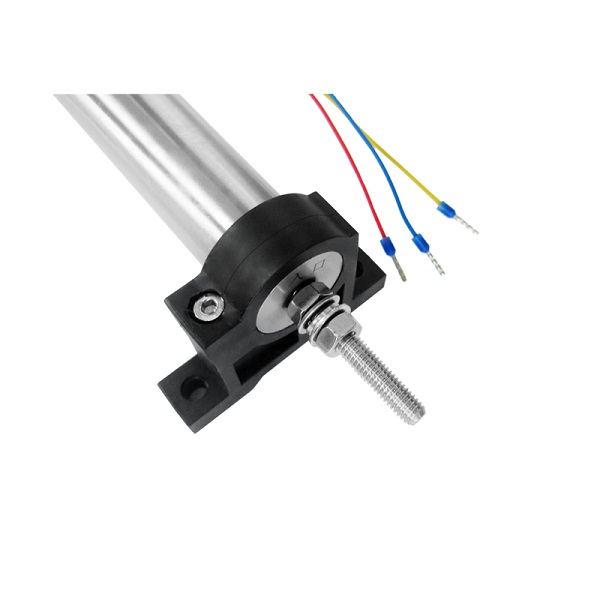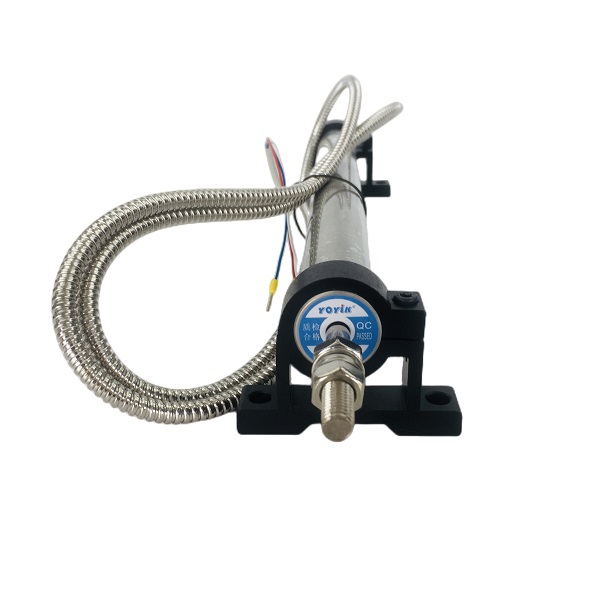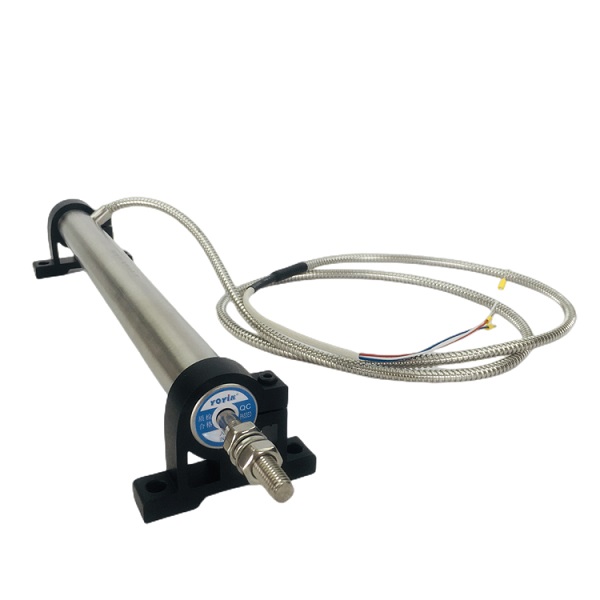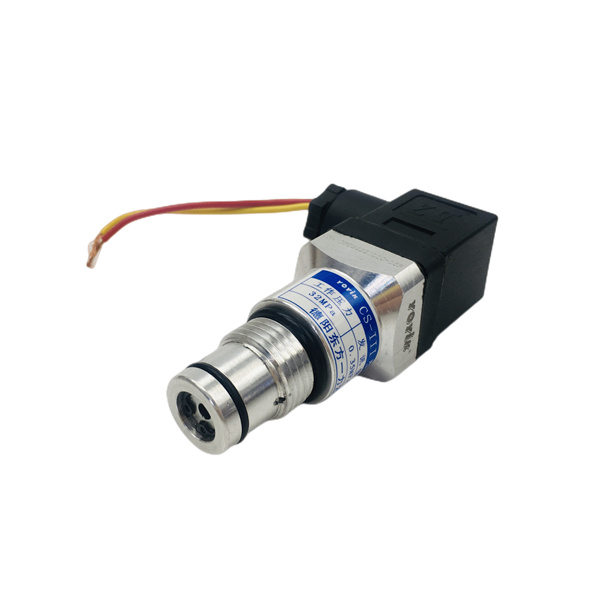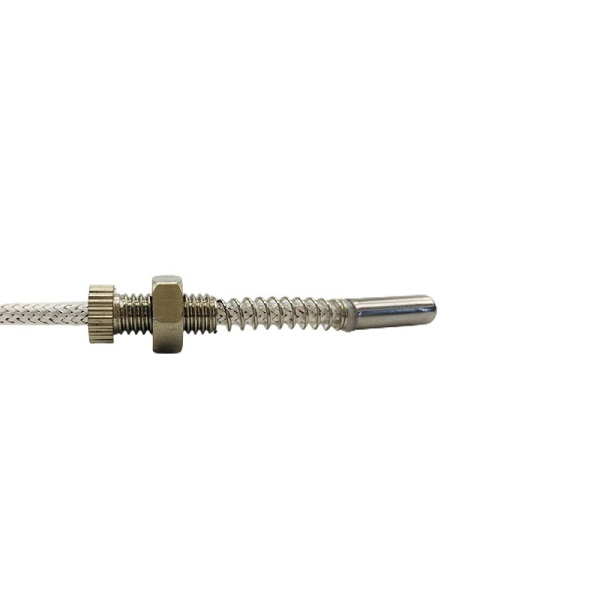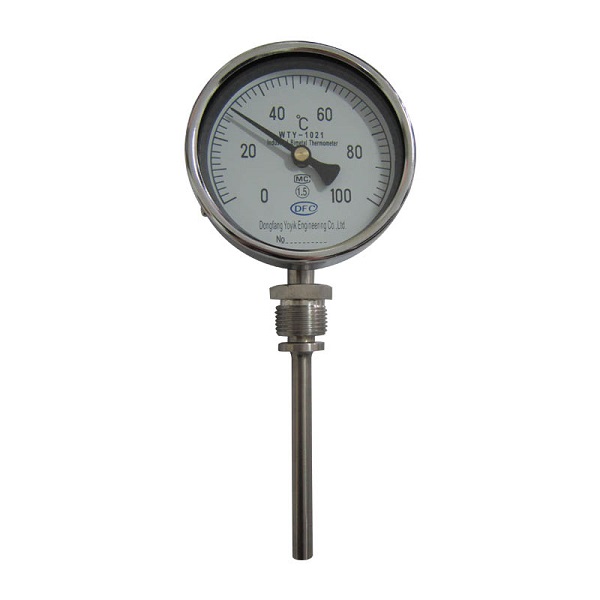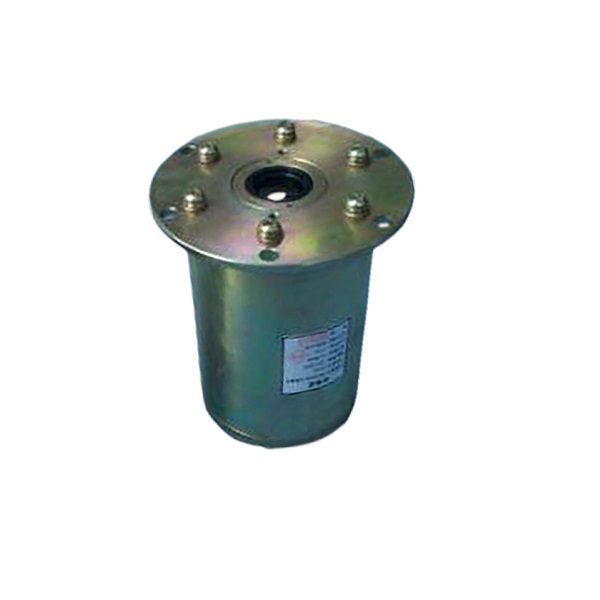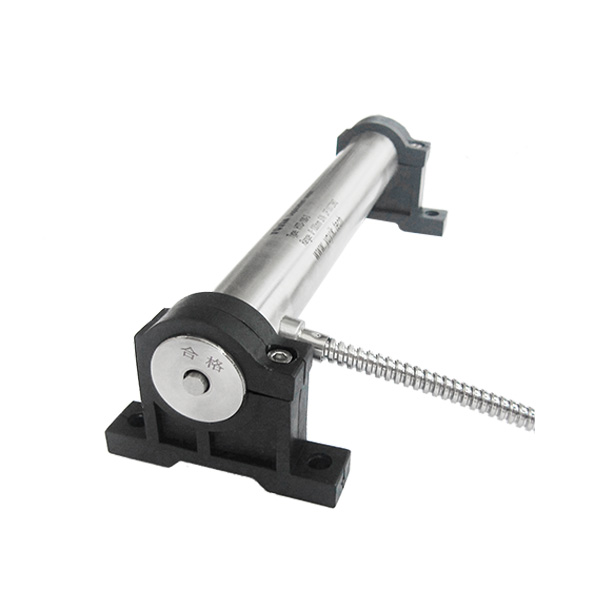Displacement sensors are involved in various fields of industry, and the correct installation and use steps are very important. Only by doing these well can we really play the maximum role of displacement sensors.
Composition of LVDT displacement sensor
The displacement sensor usually consists of five parts: sensing element, bracket, signal conversion circuit, cable and housing.
The sensing element is the core part of the displacement sensor, which is responsible for converting the displacement of the object into the corresponding electrical signal or mechanical signal; The fixed bracket of the displacement sensor is used to fix the sensor on the measured object; The signal conversion circuit converts the electrical signal output by the sensing element into a readable signal, and amplifies and filters the signal to improve the accuracy of measurement; Cables are used for signal transmission and power supply; The shell is used to protect the internal components of the sensor and prevent the impact of the external environment on the sensor.
Different types of displacement sensors may have differences in structure and function, but the above parts are usually the basic components of displacement sensors. When selecting and purchasing displacement sensors, appropriate sensing elements, signal conversion circuits and other components should be selected according to the physical quantity, working environment, accuracy and other requirements to ensure the accuracy and reliability of the measurement.
After understanding the composition of the displacement sensor, we can carry out the subsequent installation, wiring and use.
Installation of LVDT displacement sensor HL-3-350-15
The installation of displacement sensor HL-3-350-15 needs to be selected and designed according to different types and specific application scenarios. Generally speaking, the following aspects should be paid attention to when installing the displacement sensor:
First, install position. The installation position of the displacement sensor should be as close as possible to the measured object to ensure the accuracy and reliability of the measurement. At the same time, the installation position needs to avoid the influence of mechanical vibration, electromagnetic interference and other factors to ensure the stability of measurement. Second, install method. The installation method of displacement sensor also needs to be selected according to the specific application scenario. For example, the non-contact displacement sensor can be fixed or clamped; the contact displacement sensor can be clamped or welded. Third, connect mode. When installing the displacement sensor, it is necessary to select the appropriate connection mode according to the sensor interface type and signal output mode. Generally speaking, cable connection, plug connection, terminal block and other methods can be used to ensure signal transmission and stability. Fourth, environmental factors. When installing the displacement sensor, it is also necessary to consider the influence of surrounding environmental factors on the sensor, such as temperature, humidity, corrosion, etc., and select appropriate materials and protective measures to ensure the reliability and life of the sensor.
Wiring of LVDT displacement sensor HL-3-350-15
LVDT displacement sensor is three-wire system. The connection method is as follow:
Connect the three wires of LVDT displacement sensor HL-3-350-15 with the input end of the amplifier in turn, the middle wire is connected to the differential input end, the other two wires are connected to two single-ended input ends, and the two output ends are connected to the two output ends of the amplifier. After the connection is completed, zero calibration, gain adjustment and other operations can be used.
It should be noted that during the wiring process, the circuit must be well grounded to avoid the generation of interference signals and affect the accuracy and stability of the sensor. At the same time, the power supply voltage should be detected before wiring to ensure the voltage stability and avoid the impact of voltage fluctuation on the sensor.
Use of LVDT displacement sensor HL-3-350-15
After ensuring the correct installation and wiring, there are several aspects to be paid attention to when using the displacement sensor.
First of all, connect the sensor signal cable correctly according to the instructions, use special debugging instruments to test the sensor, and make necessary adjustment and calibration according to the test results to ensure that the output signal of the sensor is accurate and reliable. Then, during the normal operation of the machine, the output signal of the sensor is monitored in real time, and recorded and analyzed. If the output signal of the sensor is abnormal, stop the machine for inspection in time, determine the cause of the fault and repair or replace it. Finally, it is necessary to regularly check the installation, connection and working status of the sensor, timely clean the dust and debris of the sensor, keep the working environment of the sensor clean and dry, and maintain and replace the sensor as required.
To sum up, the installation and use of the displacement sensor HL-3-350-15 need to consider multiple factors comprehensively, and select the appropriate installation location, installation method, connection method and protective measures to ensure the accuracy, reliability and life of the sensor. In the process of use, it should also be carried out in strict accordance with the operating procedures and safety requirements to ensure the reliability and accuracy of the sensor.
Post time: Feb-22-2023


